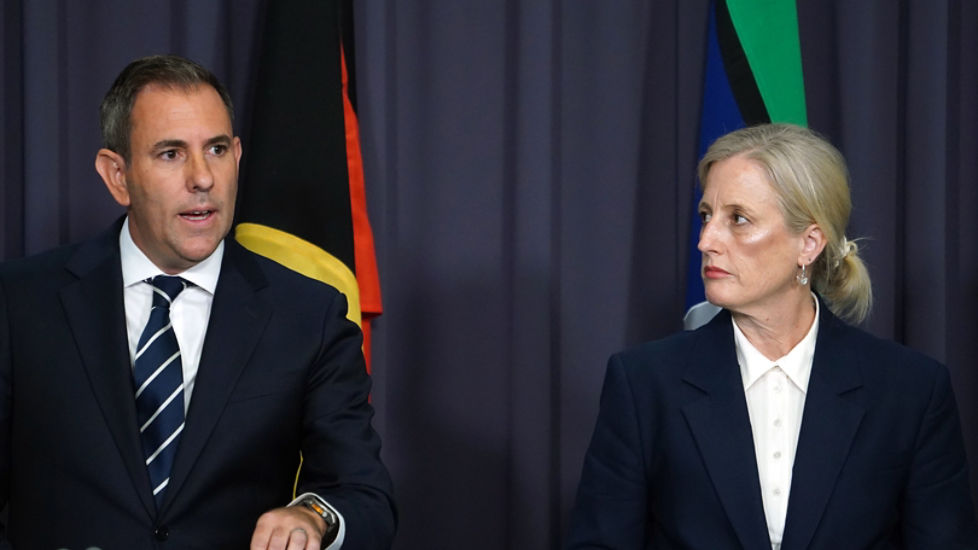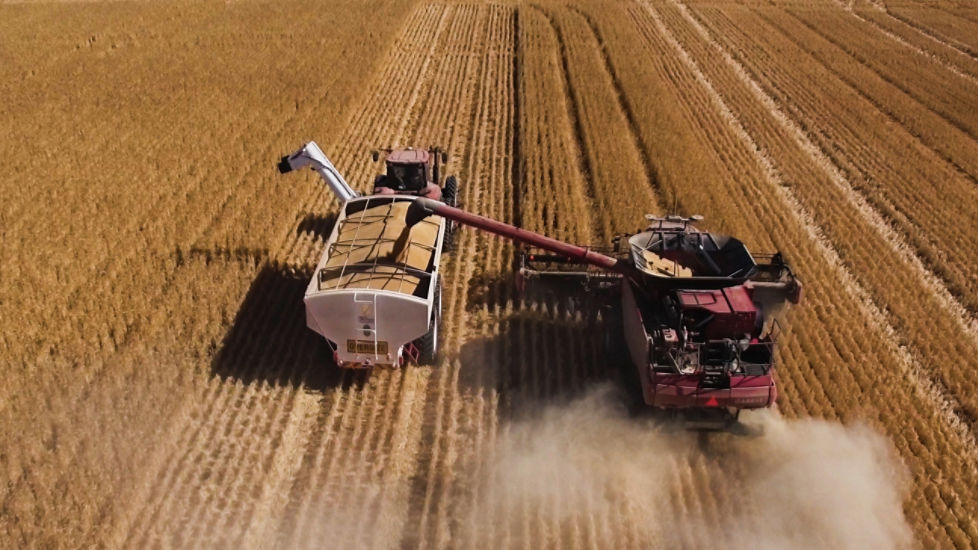Digital habits drive spending surge
Eight of the 12 spending categories recorded gains in September, led by Utilities (+1.4 per cent) and Communications & Digital (+1.1 per cent), the same top performers as August.
Communications & Digital spending was boosted by the release of the new iPhone, alongside continued strength in online gaming and streaming services. The popularity of shows such as The Summer I Turned Pretty and major gaming releases kept Australians engaged across digital platforms and the growing use of AI.
Over the past year, spending on online gaming has risen a massive 38 per cent, while video streaming (31 per cent) and computer stores (21 per cent) have also seen significant gains.
“We’re seeing consumers lean into at-home entertainment, whether that’s a new phone upgrade, a binge-worthy series or gaming with friends,” Ms Allen said. “Digital spending is now a structural feature of household budgets, not a passing trend.”
Utilities surge as rebates roll off
Utilities spending continues to climb as energy rebates are scaled back, making it the top-performing category over the past year, up 16.6 per cent year-on-year.
Other gains included Health (+1.0 per cent), Insurance (+0.8 per cent), Household goods and services (+0.7 per cent), and Hospitality (+0.6 per cent)..
Transport was flat for the month, while Motor vehicles (-0.2 per cent), Education (-0.1 per cent), and Recreation (-0.1 per cent) recorded small declines.
While the end of energy rebates has influenced spending growth, the annual growth rate excluding Utilities still sits at a solid 6.4 per cent for the year.
Consumer upswing taking hold
“The consistent flow of data showing spending growth supports our view that Australia’s consumer cycle is turning upward,” Allen said.
“While households are still navigating cost-of-living pressures, the foundations for spending growth are in place. The question now is whether this momentum will extend into summer or if households will revert to a more cautious stance given low levels of consumer sentiment. Our base case remains that the last cut to the cash rate from the Reserve Bank of Australia will come in February.”





